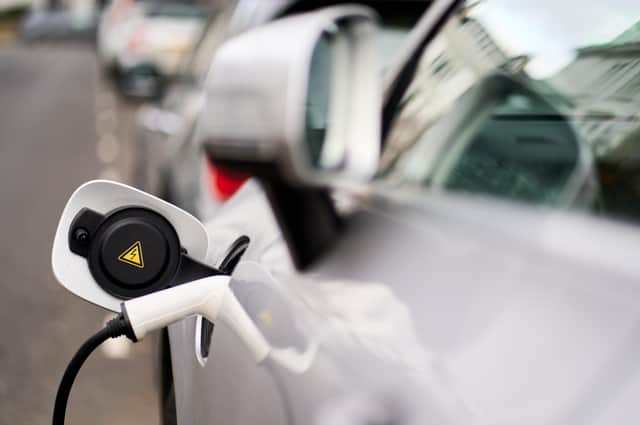Number of electric vehicles in the East Riding more than doubled last year, Department for Transport figures show


The Government is aiming to entirely phase out petrol and diesel-powered cars by 2030, with battery electric vehicles planned to account for all car sales by 2035.
Auto Trader said the recent surge is positive, but that electric cars are still too expensive for many people to make the switch from petrol and diesel-powered vehicles.
Advertisement
Hide AdAdvertisement
Hide AdDepartment for Transport figures show there were 1,008 battery-electric vehicles in the East Riding at the end of last year – up from 477 at the end of 2020, a 111% rise.
It meant 531 electric vehicles were newly registered in 2021 – more than double the 217 the year before.
Across the UK, the number of electric vehicles on the roads almost doubled, increasing by 94% from 215,000 at the end of 2020 to 420,000 last year.
On average, an electric car will emit around one-third less carbon dioxide than an equivalent petrol or diesel car, Transport and Environment, a European clean transport campaign group, says.
Advertisement
Hide AdAdvertisement
Hide AdIan Plummer, commercial director at Auto Trader, said the automotive industry has responded well to the Government’s electric car drive.
The Government hopes to install 300,000 public charging points by 2030, 18 times the number a decade previously.
There is also concern regarding the price of electric vehicles, which still represent a small share of the overall automotive market, Mr Plummer said.
“With the average electric vehicle costing around 30% more than traditionally fuelled alternatives, they remain out of reach for all but the most affluent car buyer,” he concluded.